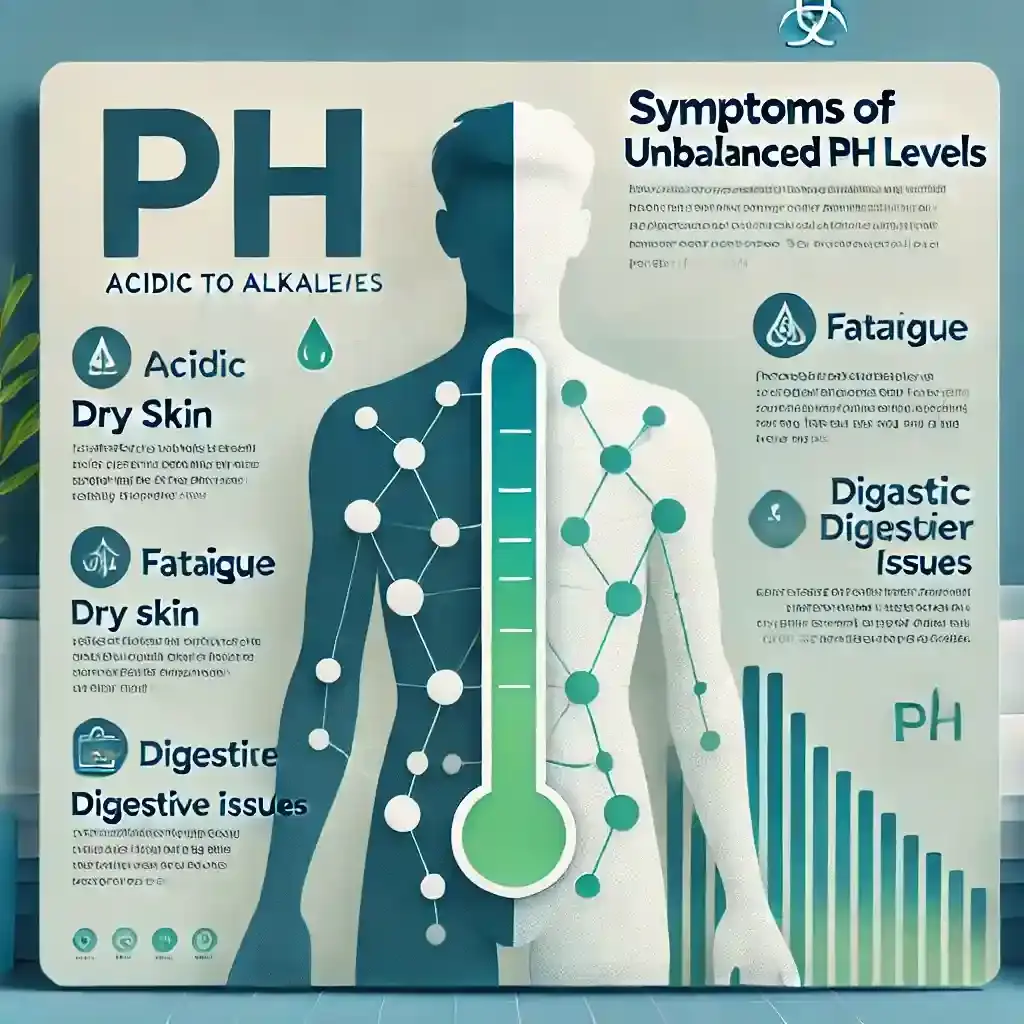|
Ketosis begins when the body runs low on carbs and turns to fat for fuel. Timing varies, but steady habits, hydration, and balanced nutrition speed this natural transition. |
What happens inside the body when carbs stop showing up on your plate? It’s the question behind every keto search: how long does it take to get into ketosis? Some feel the shift in days, others wait longer. The truth depends on what your body’s been running on before you start: sugar, fat, or caffeine.
The first few days can feel strange, but once the body switches fuel, everything steadies out. Let’s walk through that process clearly, step by step.
How Long Does It Take to Get Into Ketosis?
Most people enter ketosis within two to four days if carbs stay below 50 grams daily. But your timing may stretch based on metabolism, protein intake, and activity. Think of it like cleaning out a gas tank before refilling with premium fuel. The body first burns stored glycogen, a mix of sugar and water, before turning to fat.
In a 2024 fasting study, more than 95% of participants showed measurable ketones in urine by day four. That’s the body officially saying, “Alright, sugar’s out, fat’s in.” A few take a full week, especially if they were used to high-carb diets. No quick hacks here, ketosis rewards patience and consistency, not shortcuts.
And there’s another point that helps refine the ketosis timeline. A small study on children starting therapeutic keto showed onset at 33 hours (range 17–48 hours) and good ketosis at 58 hours (range 40–84 hours). These numbers sit on the extreme end because the diet is strict. But they show how fast the body can move when the carb drop is sharp.
The Body’s Switch to Ketosis
Ketosis begins when carbs drop and the body shifts toward fat for fuel. This switch answers the main question many ask today: how long does it take to get into ketosis? The change depends on glycogen depletion, past eating habits, and how consistent your routine is. Once carbs fall, the body moves through a clear ketosis timeline.
It first uses stored sugar, then starts ketone production. A review notes that nutritional ketosis begins when blood ketone levels rise above 0.5 mmol/L, which marks the start of real fat-burning. This shift keeps energy steady and supports a faster time to enter ketosis for most people.
Key points in the switch:
-
Glycogen depletion starts the ketosis transition timeline
-
Ketone production rises as carbs stay below low-carb diet limits
-
Nutritional ketosis appears once >0.5 mmol/L ketone levels show
-
This stage supports fat-burning and shortens the time to reach ketosis
What Is Ketosis and Why Does It Matter?
Ketosis isn’t new or mysterious. It’s the body’s backup plan for when carbs run out. The liver breaks down fat and makes small energy units called ketones. These ketones power your brain, muscles, and heart pretty efficiently, actually.
You’ll often hear about “nutritional ketosis.” It means your diet nudges the body into that fat-burning rhythm without starvation. Energy feels steadier, appetite fades, and that 3 p.m. slump? It usually disappears.
A 2023 review in Nutrients found that people on ketogenic diets showed improved insulin control and lower HbA1c levels. They also lost belly fat faster, proof that ketosis changes how your body uses fuel.
In short:
-
Cut carbs below 50 grams daily.
-
The liver starts breaking fat into ketones.
-
Energy levels smooth out.
-
Cravings calm down.
That’s the reason many people stick with keto; it’s not just weight loss, it’s metabolic balance.
The Typical Ketosis Timeline, Day-by-Day Breakdown
The process follows a rhythm. Not the same for everyone, but the pattern stays familiar.
Day 1–2: Depleting Glycogen Stores
The body starts emptying its sugar storage. You’ll lose water weight, feel thirsty, and maybe a bit foggy. It’s the clean-up phase.
Day 3–4: Rising Ketone Levels
The liver kicks in. Fat starts breaking down, and ketones appear in small amounts. Energy may dip briefly before climbing again.
Day 5–7: Entering Full Ketosis
That’s when hunger drops and focus sharpens. Some notice a faint fruity breath scent, acetone, one of the first ketone bodies.
Week 2 Onwards: Fat Adaptation Phase
Your body now uses fat as its main fuel. Workouts feel easier, your mood improves, and you’re officially through the toughest part.
Factors That Affect How Long It Takes to Get Into Ketosis
Here’s where individuality kicks in. Even with the same macros, two people can reach ketosis days apart. Why? Small details matter.
- Carbohydrate intake: Staying under 30 grams of net carbs moves things faster.
- Protein: Too much can turn into glucose through gluconeogenesis, slowing the switch.
- Exercise: Regular movement empties glycogen sooner.
- Sleep: Short nights increase cortisol, which slows fat metabolism.
- Diet history: If your body’s used to carbs, expect an extra day or two.
|
Situation |
Carbs Per Day |
Expected Time to Enter Ketosis |
Notes |
|
First-time keto user |
<50g |
3–5 days |
Needs glycogen cleanup |
|
Low-carb background |
<30g |
2–3 days |
Faster shift |
|
Moderate exercise |
<40g |
2–4 days |
Helps fat use |
|
Fasting window + walking |
0–20g |
~33–48 hours |
Matches extreme study |
|
High-carb history |
<50g |
5–7 days |
Slower transition |
The body likes rhythm. Once eating, movement, and rest align, the time to get into ketosis shortens naturally.
Early Signs You’re Entering Ketosis (What You’ll Notice First)
There’s no alarm bell announcing ketosis. It shows up quietly. You’ll feel small changes before science catches up.
The mouth feels dry. Hunger fades. Energy rises but differently, cleaner, steadier. Focus gets sharper after day four or five. That faint metallic breath? It’s acetone, proof that fat breakdown is active.
You might notice:
-
More energy between meals
-
Less hunger
-
Clearer thinking
-
Slightly sweet breath odor
When blood ketone levels fall between 0.5 and 3 mmol/L, that’s full ketosis. But honestly, you’ll know before the meter does. The steadiness gives it away.
How to Get Into Ketosis Faster Without Stressing the Body (Practical Tips)
Speed isn’t everything, but a few steps can help.
-
Drop carbs quickly: Stay under 25 grams daily.
-
Add MCT oil: Medium-chain fats convert into ketones fast; one spoon in coffee works.
-
Try intermittent fasting: A 16:8 routine clears glycogen faster.
-
Stay hydrated: Water flushes waste and eases fatigue.
-
Walk daily: Light movement encourages fat metabolism without stress.
These tiny habits shorten the ketosis timeline without pushing the body too hard.
Common Mistakes That Delay Ketosis
It’s easy to slip up without realizing. Here’s what often slows people down.
- Too much protein: excess turns into sugar and resets the process.
- Hidden carbs: sauces, dairy, and nuts can stack up quickly.
- Skipping fats: low fat equals low ketones.
- Stress: high cortisol keeps the body in “storage mode.”
- Inconsistency: hopping on and off keto resets the whole system.
The fix is simple: steady meals, good sleep, balanced macros. Give your body time to adjust, and it will.
Measuring Ketosis, Tools and Methods
Testing helps when you’re unsure if you’ve crossed over.
1. Urine Strips
Cheap and easy. They measure acetoacetate through color changes. Lighter shades mean mild ketosis; darker shades mean stronger.
2. Breath Meters
Devices that measure acetone through exhalation. Simple, reusable, and less messy.
3. Blood Ketone Meters
Accurate but pricier. Readings between 0.5 and 3 mmol/L confirm steady ketosis.
Testing isn’t mandatory, but it’s reassuring. The best sign still remains how you feel, more stable, focused, and less snack-hungry.
How Long Does It Take to Get Into Ketosis After Fasting or Exercise?
Fasting changes things fast. Without food, glycogen runs out quicker. In that 2024 fasting study, 95% of participants reached measurable ketones by day four. Combine fasting with light cardio, and the time to reach ketosis drops by another day.
Short fasts, 16 or 18 hours, paired with gentle workouts speed the process without strain. It’s not about pushing harder; it’s about giving the body the right signals.
How to Stay in Ketosis Once You Reach It
The challenge isn’t getting in, it’s staying there. Once ketosis starts, stability matters. Keep carbs under 30 grams, eat balanced fats, drink water, and sleep enough. Cheat meals are fine once in a while, but recovery back into ketosis can take two to three days. Consistency keeps the energy smooth.
Safety Tips and Who Should Avoid Rapid Ketosis
Most healthy adults can start keto safely, but a few should check with doctors first.
People with diabetes or kidney issues need medical supervision. Those who are pregnant or breastfeeding should avoid deep carb restriction without guidance. And anyone with liver or pancreatic conditions should go slow.
Even if you’re healthy, listen to your body. Fatigue, cramps, or dizziness mean you’re missing electrolytes or pushing too fast. Gentle adjustments always beat drastic ones.
Conclusion
So, how long does it take to get into ketosis? Usually two to four days, sometimes a bit longer. The body learns, then adapts. Once it does, energy feels lighter, hunger fades, and focus returns. It’s not a sprint, it’s a steady shift toward balance that lasts.
Frequently Asked Questions
Can You Enter Ketosis in 24 Hours?
It happens, but not often. Only people who combine strict fasting with zero-carb intake and steady movement reach ketosis this fast. The 33-hour onset study shows it is possible. But most people still need two to four days for reliable ketone production.
How Long Does It Take to Get Into Ketosis After Eating Carbs?
It usually takes two to four days. Eating high-carb foods refills glycogen, and you must burn it off before the body switches back to burning fat. Even small carb slips push the transition back by a day or more. Staying consistent helps you return faster.
Does Exercise Speed Up Ketosis?
Yes. Walking, light jogging, or cycling helps burn glycogen faster. When the tank empties, the body begins producing ketones. Exercise does not force ketosis by itself, but it supports the shift and improves fat use during the early stages.
What Are the First Signs of Ketosis?
Most people notice a dry mouth, lighter hunger, cleaner energy, and a mild breath change. These signs appear before the testing tools show numbers. Once ketone levels rise above 0.5 mmol/L, nutritional ketosis is officially active.
How Do I Know If I’m fully Fat-Adapted?
Fat adaptation feels different. You can go many hours without food. Workouts feel steady. Energy stays level. Scientific studies say the exact length is unclear, but most people feel adapted around week two or three.
-User-1754380331.png)
Reviewed by







